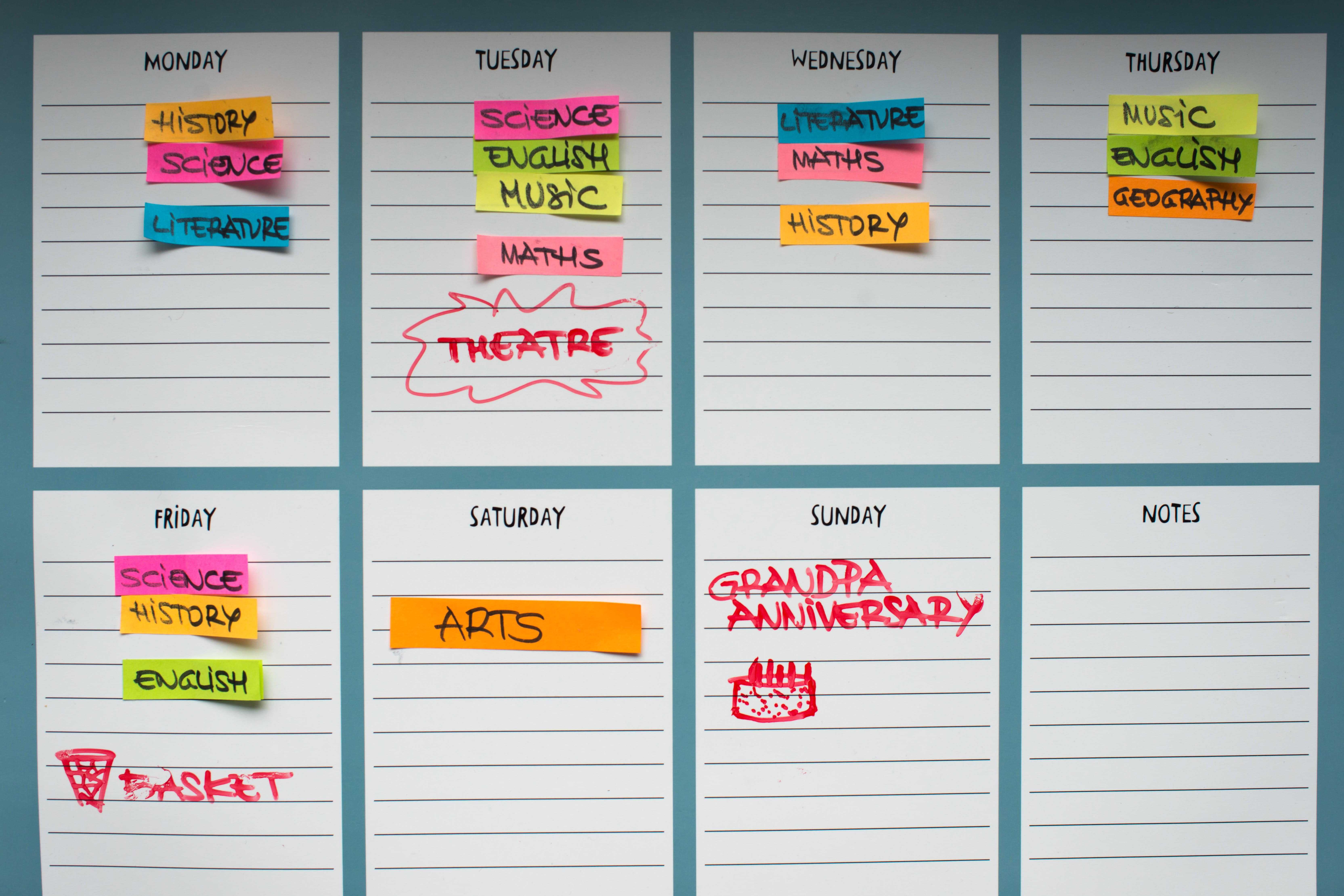The weeks leading up to an exam can be chaotic. Innumerable textbooks, stacks of practice papers, and multi-coloured post-its to label important sections crowd your table. As a parent, it falls upon you to spin a schedule that will encompass every subject with adequate practice sessions. Feeling the pressure, yet? It’s natural. But while you’re at it, we’ll give you a little tip that will go a long way.
Interleave subjects! This may sound foreign at first but interleaving of subjects is one of the most effective ways to get your child organized for an exam. Interleaving abandons the former practice of spending hours on one topic or chapter and finishing it in its entirety. In fact, interleaving lets you switch it up a bit! This method can be applied to different subjects, topics within a chapter, or even different types of questions. We’ll substantiate this with an example. When your child takes his history textbook in hand, you can suggest that they study the history of different countries instead of focusing on one country at a time. In doing so, he can draw parallels between their history. This will help your child to thoroughly understand multiple topics simultaneously. They are then able to form well-rounded arguments on a particular topic. In fact, this strategy works well even outside the academic sphere like in the case of learning to play an instrument or a sport.
There are several reasons why interleaving is a preferred antithesis to block learning. Think of the adage two birds, one stone. Interleaving lets your child’s performance improve on two tasks rather than one if they practiced it separately. This also lets them use their time more efficiently. Interleaving questions is also proven to be more effective than attempting a practice set that has one type of question format. As parents, you will have to understand that your child encounters similar sounding concepts or topics which might lead to confusion. Interleaving topics allows them to take a break and concentrate on different material for a change.




